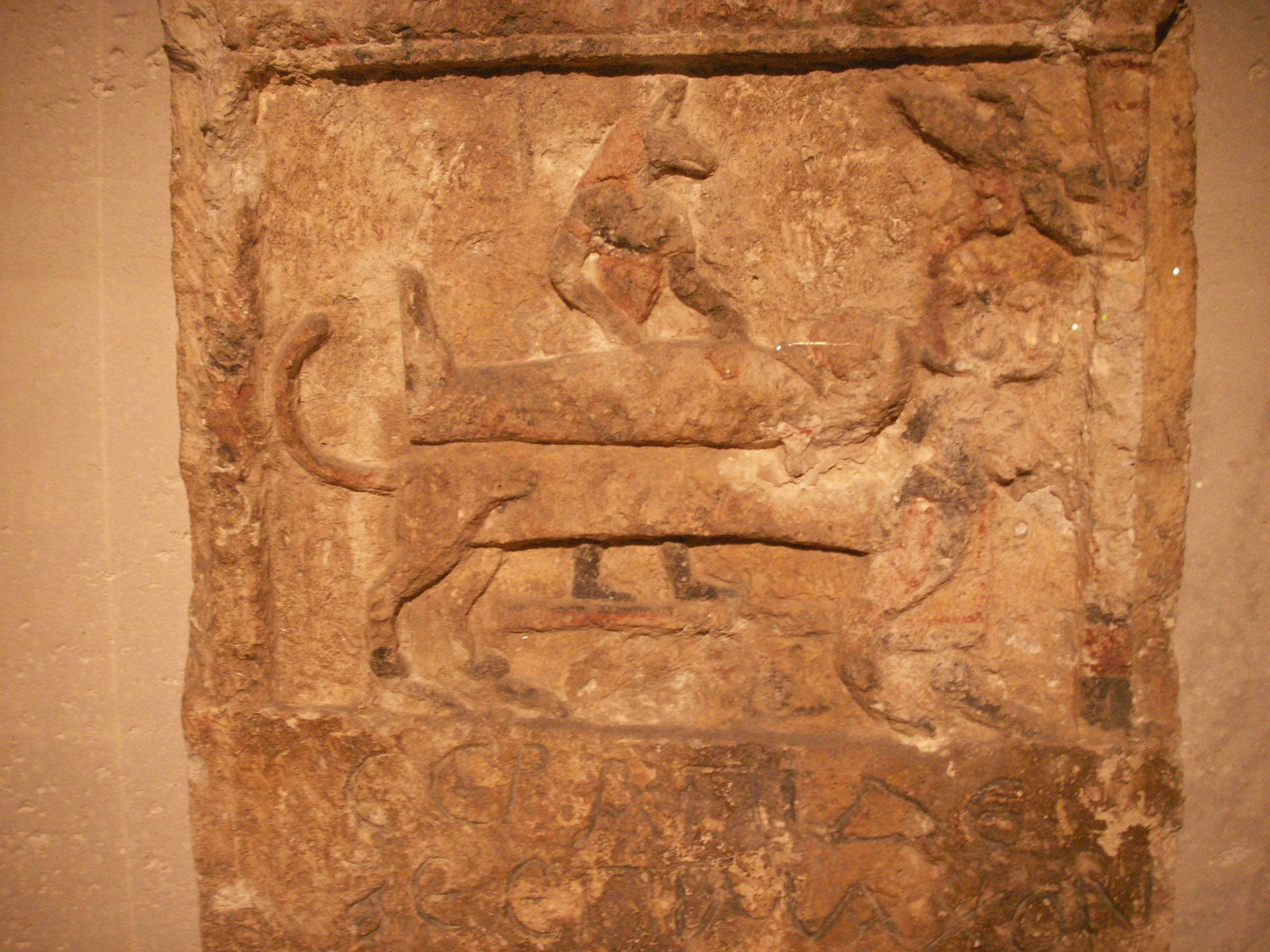
FAIR is a non-profit organization dedicated to providing well-documented answers to criticisms of the doctrine, practice, and history of The Church of Jesus Christ of Latter-day Saints.
This article is a draft. FairMormon editors are currently editing it. We welcome your suggestions on improving the content.
| Answers portal |
| The Book of Abraham |
 |
|
FAQ:
Book of Abraham content: Production: |
|
Critics make the following claims regarding Facsimile 1:


The papyrus with the illustration represented in Facsimile 1 (view) is the only recovered item that has any connection to the text of the Book of Abraham.
This vignette is called a "lion couch scene" by Egyptologists. It usually represents the embalming of the deceased individual in preparation for burial. However, this particular lion couch scene represents the resurrection of Hor (figure 2), aided by the Egyptian god Anubis (3).[1]
Abraham 1:12 and the notes to Facsimile 1 identify it as representing Abraham being sacrificed by the priest of Elkenah in Ur.


Critics claim that Abraham would never be associated with the Egyptian "lion couch" scene. Recently, however Abraham's name has indeed been discovered associated with one such "lion couch" scene. [2]

FAIR is a non-profit organization dedicated to providing well-documented answers to criticisms of the doctrine, practice, and history of The Church of Jesus Christ of Latter-day Saints.
We are a volunteer organization. We invite you to give back.
Donate Now